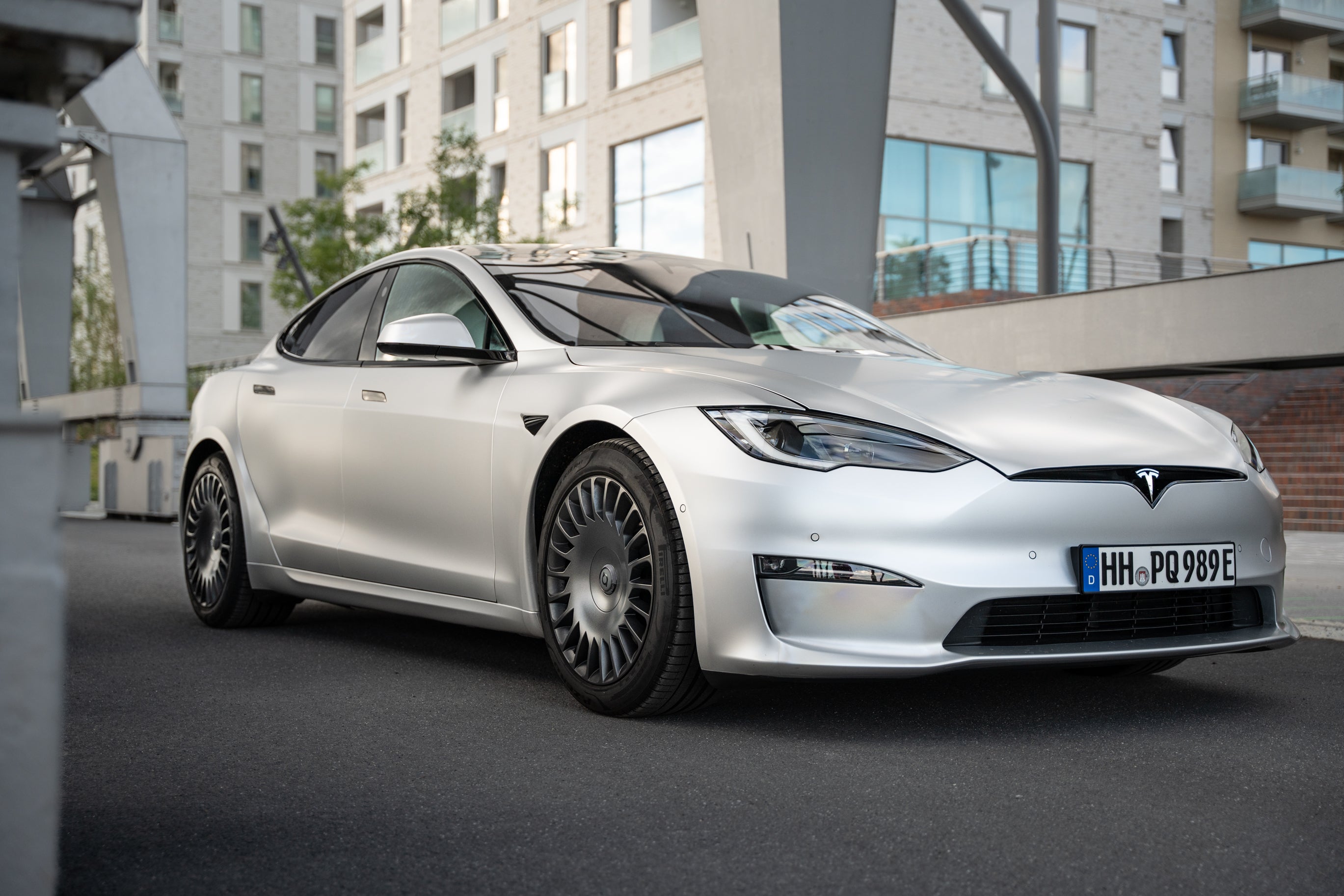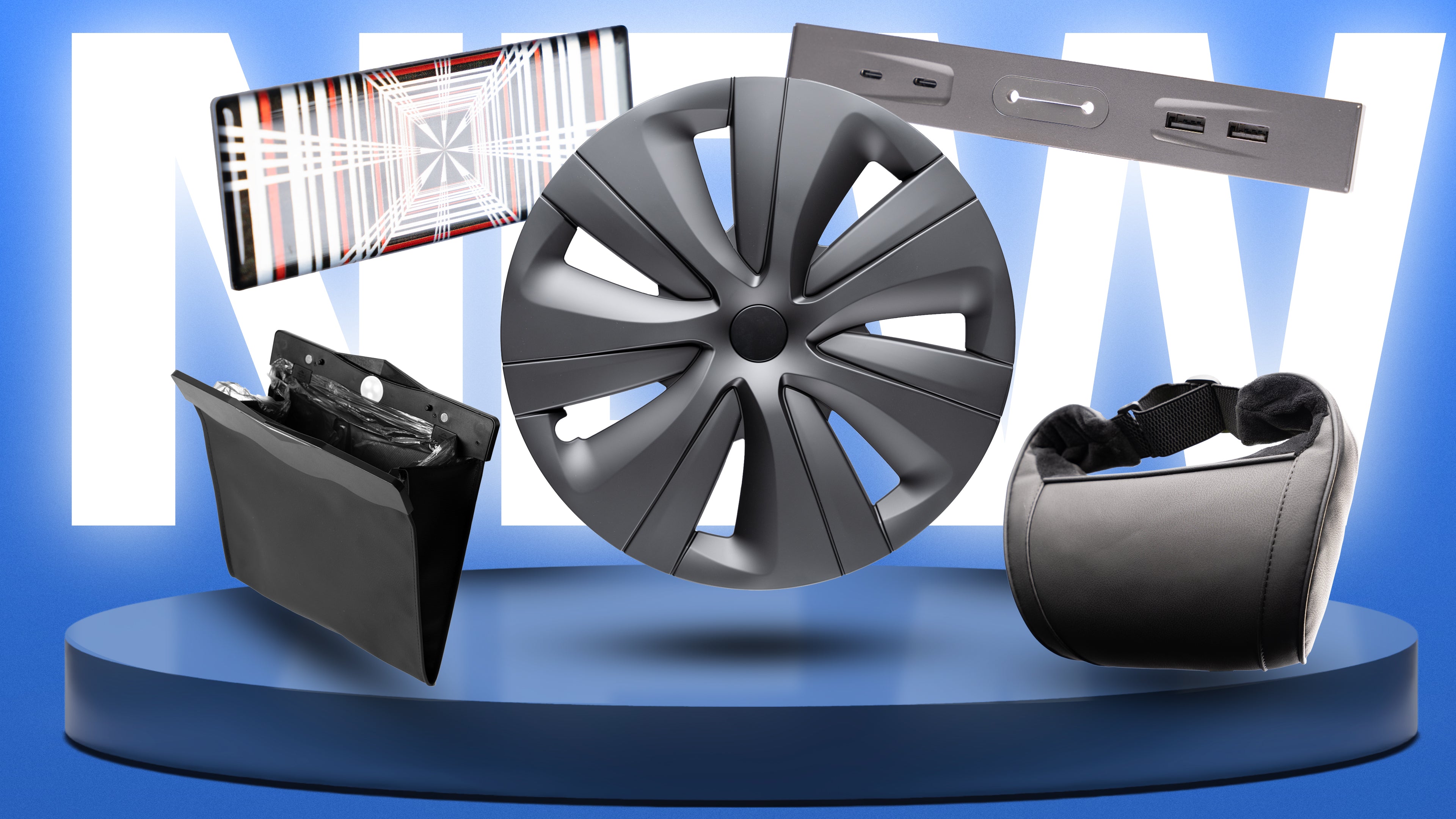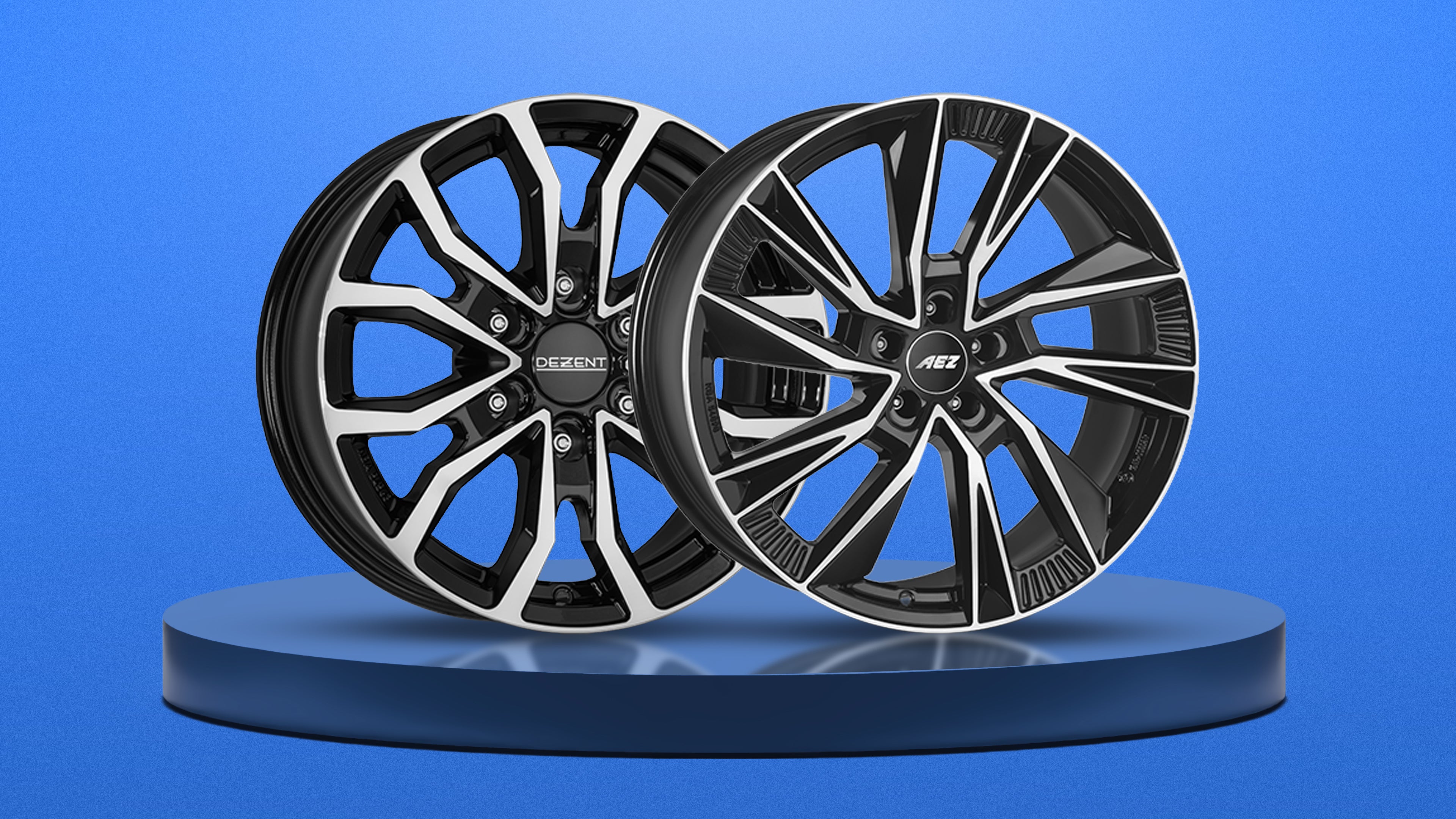Do you want to learn more about Tesla's plans for affordable and durable batteries? Tesla has announced plans to move the production of Lithium Iron Phosphate (LFP) batteries to the USA and is working on a new, more powerful LFP chemistry. A recently published patent (WO2024/229047 A1) shows how Tesla, with the support of battery expert Jeff Dahn, is optimizing LFP technology. In this article, you will learn how these innovations could revolutionize electromobility.
Tesla's new LFP chemistry: A touch of nickel
The patent describes a mixed cathode material technology that combines standard LFP (LiFePO4) or LMFP (Lithium Manganese Iron Phosphate) with a small proportion of nickel-based materials (such as NMC or NCA). The mixture consists of:
- 90-99% LFP/LMFP: Forms the base of the cathode.
- 0.1-15% Nickel material: In some cases, only 0.1-3% to keep costs low.
The nickel component is specially pretreated:
- Surface enlargement: By grinding to increase reactivity.
- Heating: At 650-800 °C to reduce lithium-containing impurities (such as LiOH or Li2CO3) that impair battery performance.
This precise mixture improves LFP batteries without losing their cost advantage, as expensive materials like nickel and cobalt are used minimally.
Advantages of the new LFP batteries
The patent shows that the mixed cathodes offer clear advantages over conventional LFP batteries:
- Better capacity retention: Tests at 40 °C showed that the cells retained over 90% capacity after 7,000 hours of cycling.
- Longer lifespan: More charge-discharge cycles with stable output voltage, ideal for vehicle lifespan.
- High-temperature performance: Superior stability and capacity at up to 70 °C, which is crucial in hot regions.
- Less degradation: The mixture reduces iron dissolution from the LFP material, which otherwise deposits on the anode and reduces performance.
- Lower resistance growth: More stable internal resistances over time, especially at high temperatures.
These improvements make the batteries more durable and reliable without significantly increasing costs—a core advantage of LFP.
Impact on charging performance
The patent does not directly focus on faster charging, but the results suggest improvements:
- Stable materials: Lower degradation and stable resistance could allow for higher charging speeds.
- Moderate tests: The tests were conducted at C/3 (33% charge per hour), but the improved chemistry could support more robust charging cycles.
While no "fast-charging LFP" is announced, the new cells could charge more reliably and efficiently, which is noticeable for drivers in everyday situations.
Why LFP production in the USA?
Tesla plans to produce LFP batteries in the USA for several reasons:
- Avoid tariffs: Currently, Tesla does not sell LFP vehicles in North America due to import tariffs. Local production would circumvent this.
- Take advantage of incentives: Programs like the Inflation Reduction Act subsidies promote domestic battery production.
- Cost reduction: LFP batteries are cheaper than nickel-cobalt batteries, and local production reduces transportation costs.
- Sustainability: LFP is more environmentally friendly as it does not use cobalt, supporting Tesla's mission.
The new chemistry could be used in Standard Range vehicles (e.g., Model 3/Y) and energy storage systems like Megapack and Powerwall, which already use LFP and are exempt from tariffs.
Tesla's battery strategy
The collaboration with Jeff Dahn, a pioneer in lithium-ion technology, underscores Tesla's innovative strength. The new LFP chemistry is part of a comprehensive strategy:
- Local production: Building LFP factories in the USA, possibly in Giga Nevada or a new facility.
- Performance enhancement: The mixed cathode could bring LFP batteries closer to the performance of NMC batteries without increasing costs.
- Market leadership: With more durable, cheaper batteries, Tesla could strengthen its position in the electric vehicle market.
On X, @TeslaBattery praises the development: "Tesla's LFP patent with Jeff Dahn is a gamechanger – more durable, cheaper, and soon Made in USA!"
Relevance for Europe
For European readers, the development is exciting, even if production initially starts in the USA. Europe has similar goals for sustainable batteries, and Tesla's advances could be adopted in Giga Berlin, where LFP batteries are already produced for Model Y. The improved chemistry could increase the range and lifespan of European Teslas, especially for Standard Range models.
Conclusion: Tesla's LFP future takes shape
Tesla's new LFP patent and planned production in the USA are a big step towards more affordable, durable electric vehicles. With a mixed cathode that optimizes LFP with a touch of nickel, Tesla improves capacity, lifespan, and high-temperature performance. For European fans, this shows Tesla's commitment to innovation, which could soon be felt here as well. Look forward to more affordable and robust Teslas – Made in USA and perhaps soon in Europe!








































